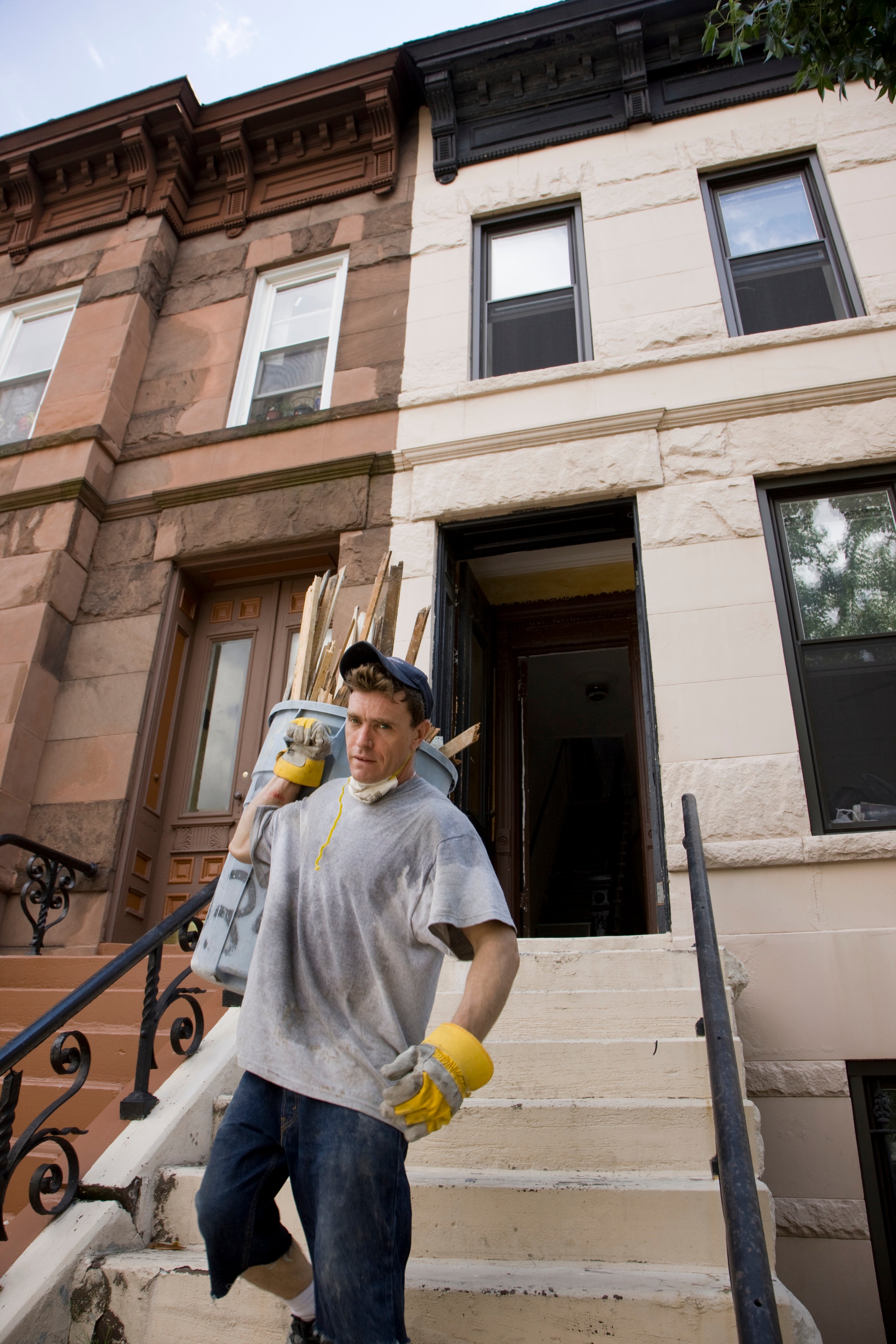
Developers and politicians try to recolor gentrification by using fancy-sounding euphemisms like “community revitalization projects” or “up-and-coming neighborhoods.” What they really mean to say is, “Pack your bags, your baby daddies and your unsavory ways, y’all,” even if they themselves look like the very folks they’re trying to herd out. Shifting demographics and recent projections must be their pride and joy — experts estimate that the District, nicknamed Chocolate City for what were once obvious reasons, will no longer be predominantly Black as early as 2014. That hurts my heart.
There are two kinds of gentrification. One is when folks with no affiliation with an area swoop in and change everything from the value of the real estate to the prices in the local grocery stores. Out goes Pathmark and Piggly Wiggly. In goes Harris Teeter and Trader Joe’s. Out goes the barber shop and beauty salon, the storefront churches and the Chinese carryout. In goes a pet groomer, a day spa and an overpriced internet cafe. Our informal landmarks are pummeled in the path of their new settlements. Residents are driven out, either because they can’t afford to live there anymore or their homes have been bought out to make room for newer edifices.
The other is when people with an attachment to the community — not just the land it’s built on, but the actual people who live their lives there — take it and make it better. It’s an investment to them. That’s the gentrification I never think about, but it’s happening. Right here in my beloved D.C. Young, Black professionals are moving back to Anacostia, a historic section of the city that used to be home to Frederick Douglass, but has, like so many of our communities, been pummeled by poverty, joblessness and crime. They’re establishing businesses. They’re renovating abandoned homes. They’re bringing life and energy back into the area without changing the cultural dynamic or compromising the idiosyncrasies of Blackness. Now that’s what I’m talkin’ about.
You know, we so often blame White folks for razing our landmarks and blasting through our Bed-Stuys, our Bronzevilles, our Anacostias. But we’re not treasuring our own histories. Family homes that could be passed on from generation to generation are being sold. Sometimes it’s for financial reasons, and those I can empathize with, but there are others of us who just don’t have any allegiance to the effort our parents and grandparents invested into building those neighborhoods. We made some money and have a little clout behind our names, so we moved to more upscale, exclusive areas because we can’t feel like we’ve arrived unless we can work an impressive-sounding address into the course of a conversation.
I’m not saying we should subject ourselves to strapping on bulletproof vests in unsafe ‘hoods just to go out and get the mail in the mornings, but before integration gave us a tentative pass into areas that previously red-lined us, we built thriving neighborhoods where we lived, loved, worshiped, laughed, played, danced, sang and enjoyed life in general. I want us to hold on to those places. For old time’s sake. I’m all about forward movement. I just don’t think we can blame White folks for gentrifying our neighborhoods if we’re willing to give them space and opportunity to do it.
Next year, I hope to buy a house in the District because even if I don’t plan to stay here for the rest of my life, I want to stake my claim to just a tiny piece of the history that we created in this city. (I’m still hanging on to my dream of buying a brownstone in Bed-Stuy, too.) Even if mine is the only little brown family on the block, I’m trying to keep the chocolate in Chocolate City.